
What is the 2S in LGBTQ2S+?
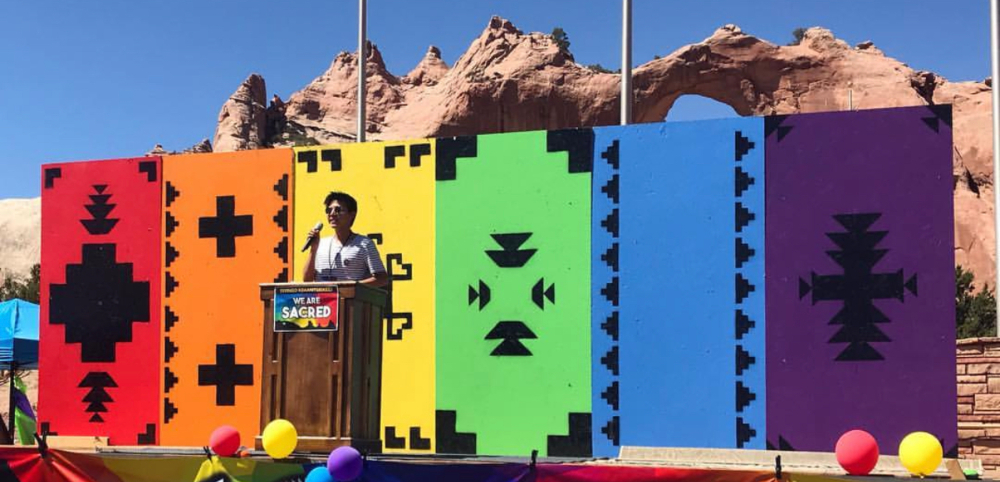
By Souksavanh T. Keovorabouth, Diné
As the first brick was thrown at Stonewall in 1969, this marked the first time our Queer voices spoke back against these oppressive systems. Led by Marsha P. Johnson, Sylvia Rivera, and other Black and Brown Queer and Trans leaders in the community marked the transformational legacy of the Stonewall Riots, igniting the Gay Movement from then on.
Fighting To Have Our Voices Heard in the Gay Movement
As the gay movement progressed throughout the 1970s, unfortunately, it began to exclude Indigenous voices from the conversation within Gay and Lesbian equality. As we were fighting for our voices to be heard by the U.S. government, we, again, were fighting another battle to have our voices heard in the Gay Movement. This led to the recognition that Indigenous people have always had, what we now know as, LGBTQ+ within our communities’ way before LGBTQ+ even existed, generating a new identification of that sovereign identity as Two-Spirit.
This term was coined during the Third Annual Inter-Tribal Native American, First Nations Gay and Lesbian American Conference, held in Winnipeg, Manitoba, Canada in 1990; Two-Spirit came about through the Anishinaabemowin term niizh manidoowag, which means Two-Spirit (Fewster). Although this is Nation/Country specific to Anishinaabe or Ojibway, there was a general consensus among everyone attending the conference to use the term Two-Spirit as it can loosely be applied to other Nations/Countries while referring to the intersection of Queer and Indigeneity. Two-Spirit refers to our diverse, what we now know as, gender, sex, and sexuality prior to settler-colonial contact in the Americas.
Many Indigenous languages do not have words to describe gay, lesbian, bisexual, and trans, but many do have the language to understand the diversity of gender, sex, and sexuality among the community. Two-Spirit people within each nation/country had their own specific role that was for the community, there were no “gender” roles but rather we had social roles.
With Two-Spirit, there is no limitations to how one identifies or limits to a number of genders or sexualities within a binary or set number. When you are Two-Spirit, you are encompassing this diverse gender, sex, and sexuality while intersecting with your cultural connection to land, home, and peoples.
Who can identify as Two-Spirit?
This is a complicated question as settler/colonialism has impacted many Indigenous peoples worldwide. I truly believe that Queer Indigenous people who have been impacted by settler/colonialism have the right to utilize and learn from the term, even as a place maker for future possibilities of (re)learning and (re)claiming our cultures from genocide, assimilation, and colonisation.
The future of Two-Spirit is bright and our true possibility of reaching a revolutionary imagining of what “Indigenous Sovereignty” actually looks like. At your next Pride event, or inclusion of LGBTQ[2S]+ do not forget to add Two-Spirit into the conversation. This is and will be our “[Traditional Medicine] heard around the world.”
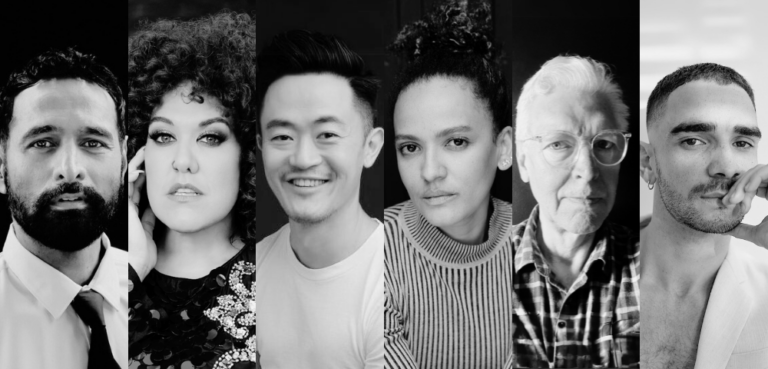
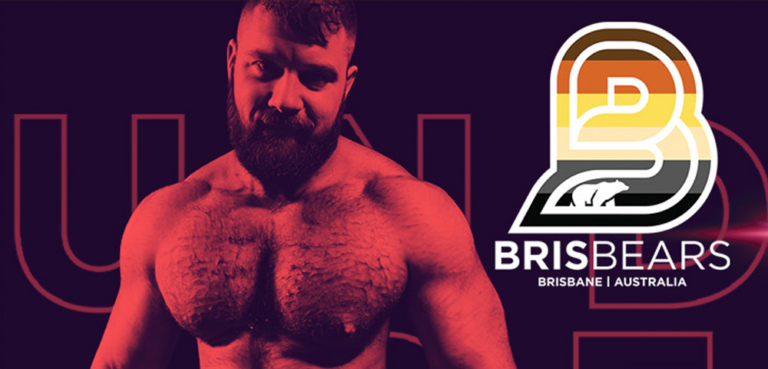
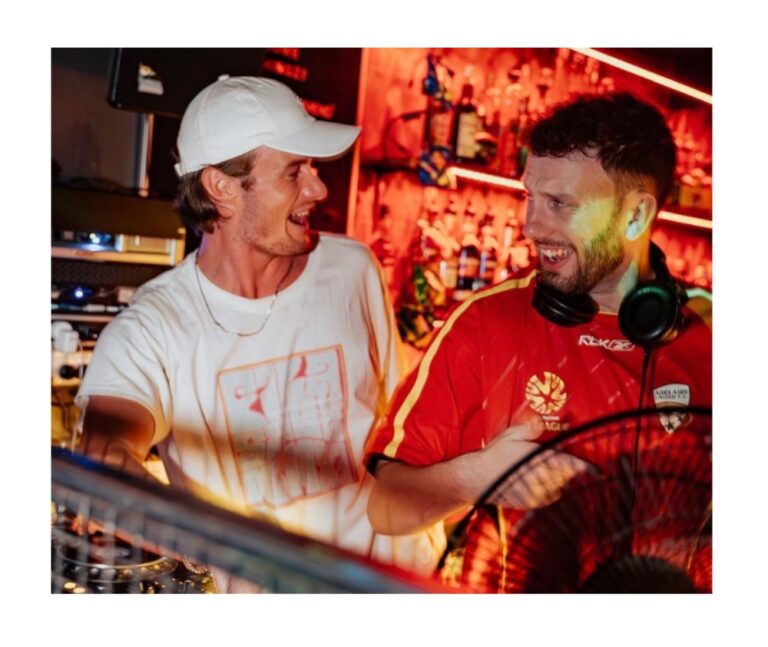
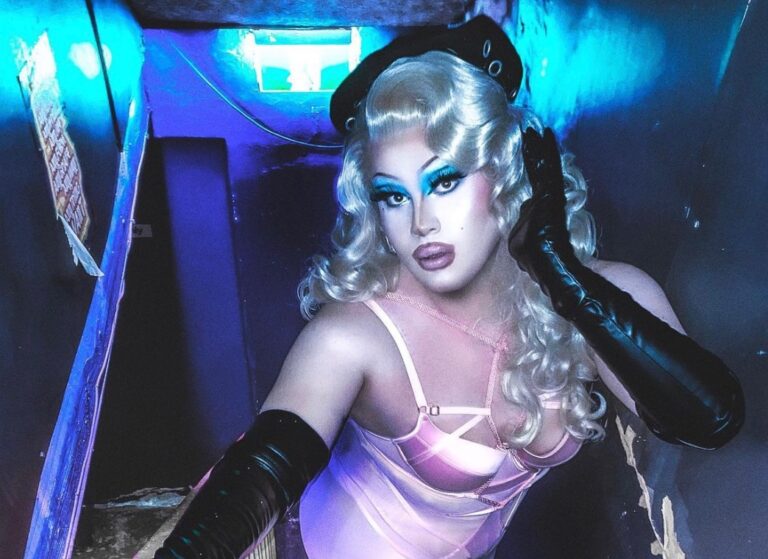

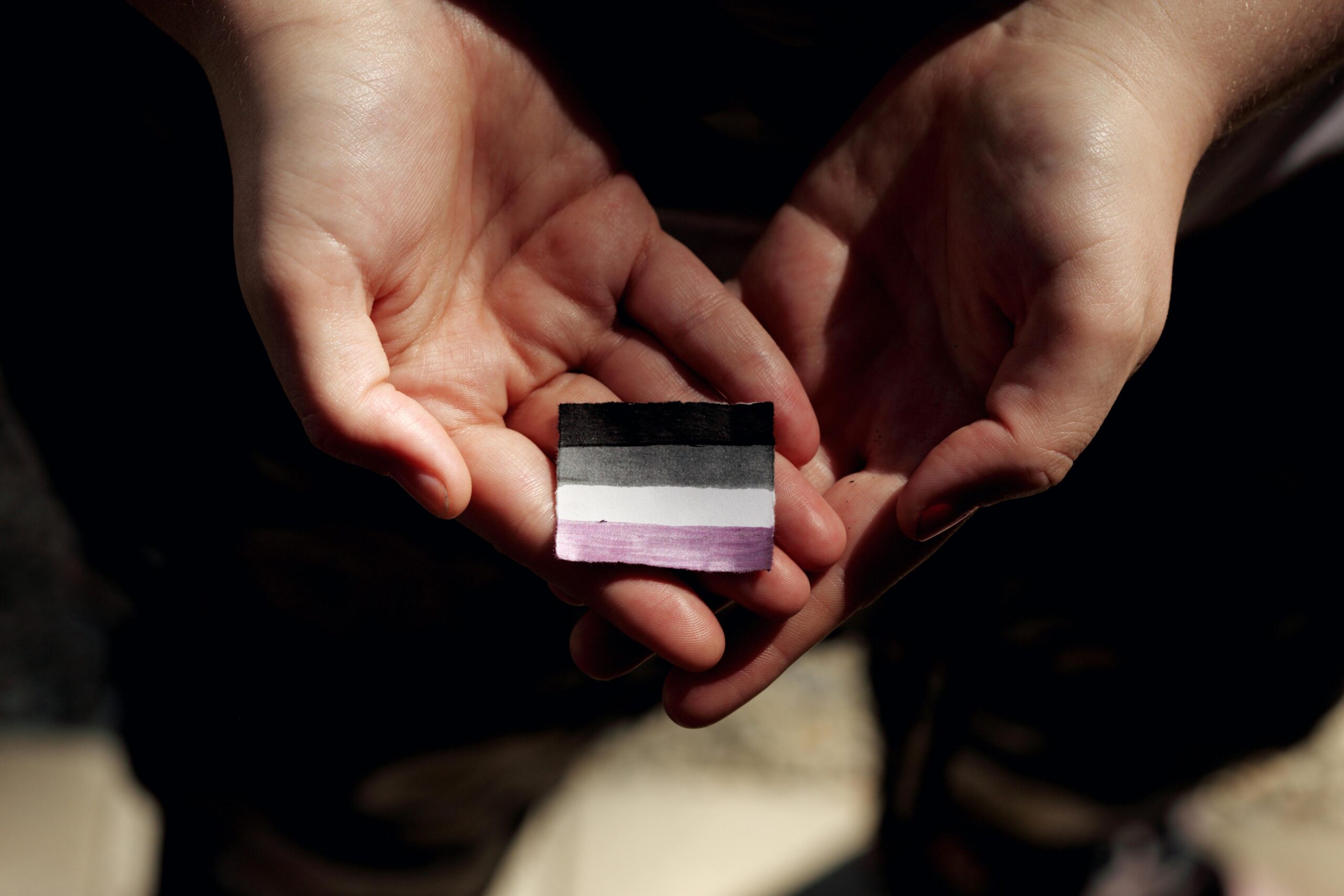
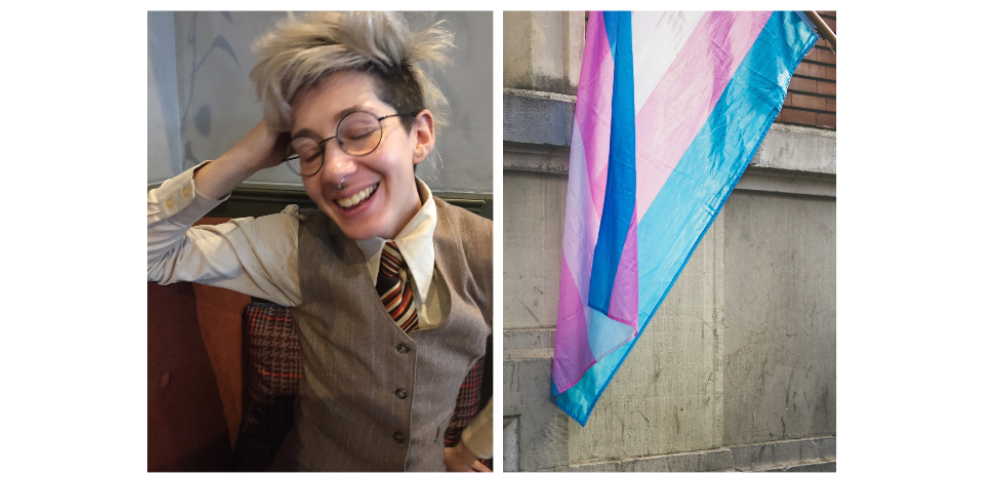
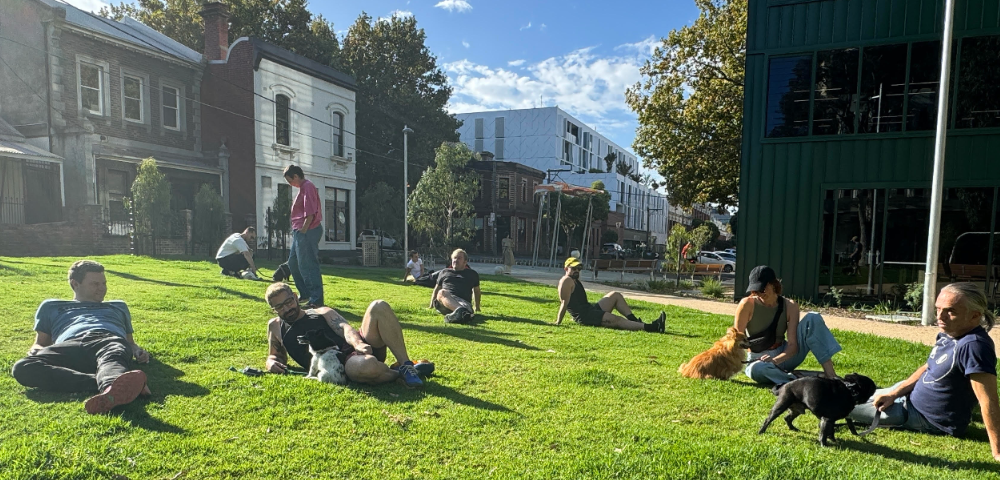
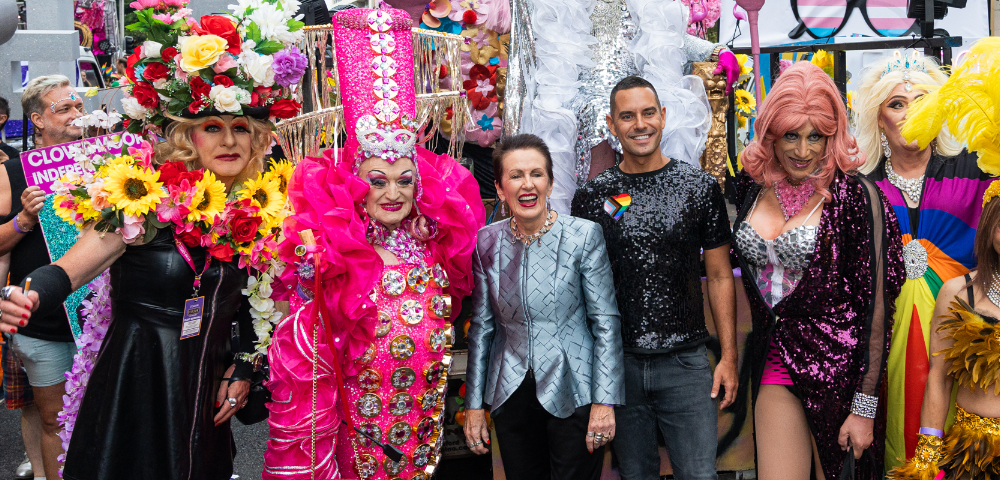

Globally there are homosexuals bisexuals lesbians etcetera in every country….